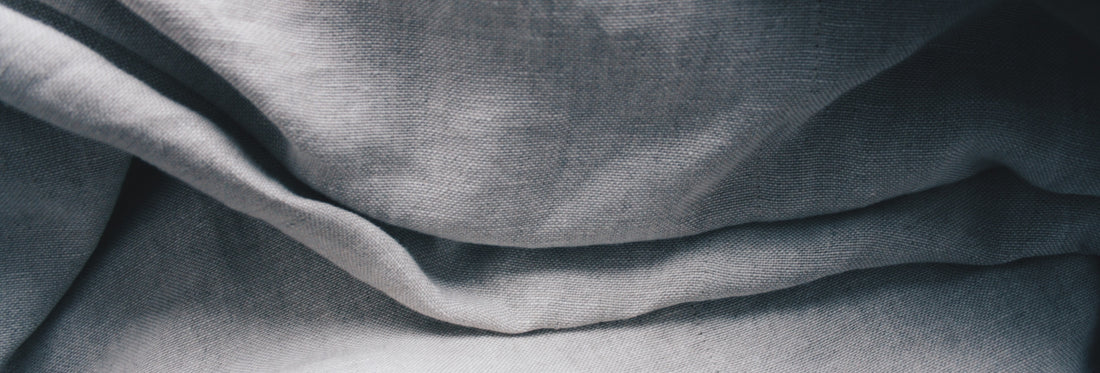Polylactic Acid (PLA) is a biodegradable polymer that has gained popularity in recent years due to its eco-friendliness and versatility. However, like any material, PLA has both advantages and disadvantages that should be taken into consideration.
Advantages of PLA:
Biodegradability: PLA is biodegradable, meaning that it can decompose into harmless substances within a matter of months, making it an eco-friendly alternative to traditional petroleum-based plastics.
Low toxicity: PLA is considered to be safe for food contact and medical applications, as it is derived from renewable resources and does not release harmful chemicals during degradation.
Ease of use: PLA is easy to print with and does not require a heated print bed, making it a popular choice for hobbyists and beginners.
High level of detail: PLA can produce prints with high precision and accuracy, making it ideal for creating objects with fine details and sharp edges.
Availability: PLA is widely available and can be found in various colors and formulations, making it a versatile material for a wide range of applications.
Disadvantages of PLA:
Limited temperature resistance: PLA has a lower melting point than other materials, which means that it is not suitable for high-temperature applications. It can deform or melt at temperatures above 60°C.
Brittleness: PLA can be brittle and prone to cracking or breaking, particularly in thin sections or when exposed to impact or stress.
Production: The production of PLA requires a significant amount of energy and resources, which can contribute to environmental issues such as deforestation and greenhouse gas emissions.
Land use: The production of PLA relies on crops such as corn or sugar cane, which can have negative impacts on food prices and land use.
Composting limitations: PLA can only biodegrade in certain environments, such as industrial composting facilities or home compost bins. It may not decompose in landfills or oceans.
In conclusion, while PLA has many advantages as a biodegradable and eco-friendly alternative to traditional plastics, it also has some limitations that should be taken into consideration. When choosing a material for a specific application, it is important to consider both the advantages and disadvantages of each material to ensure that it is the right fit for your needs.

